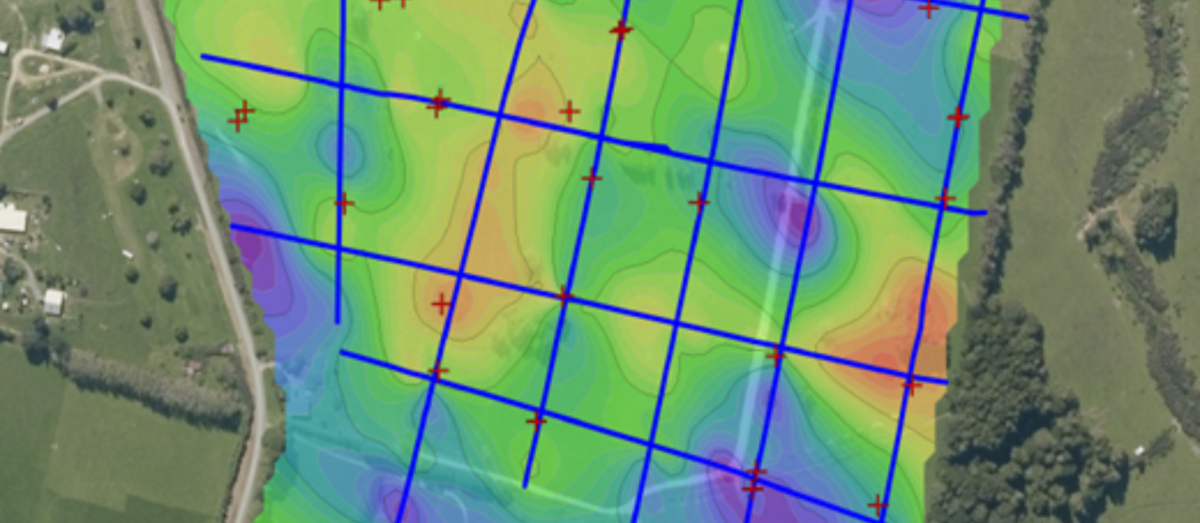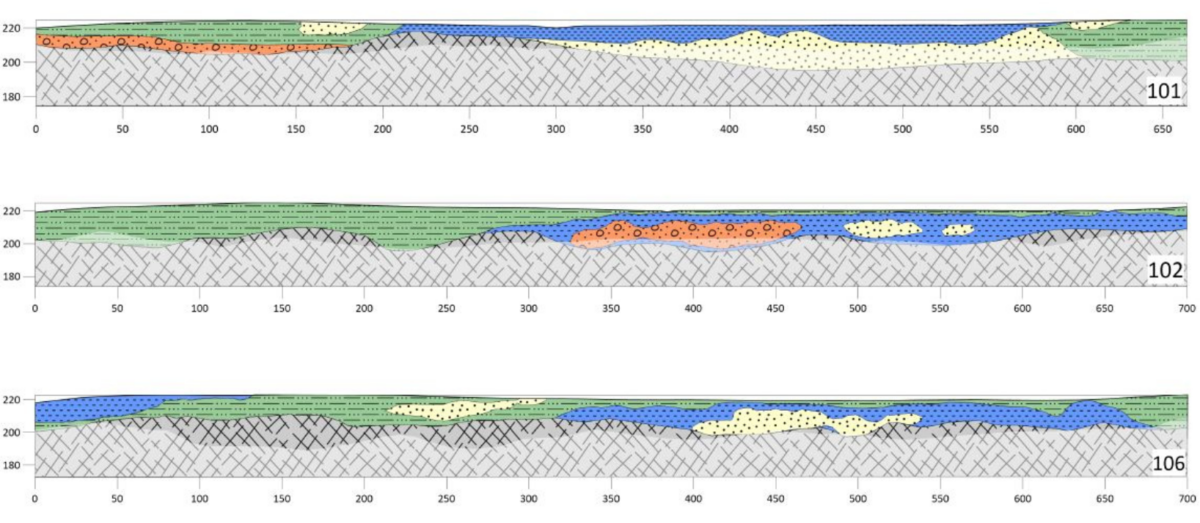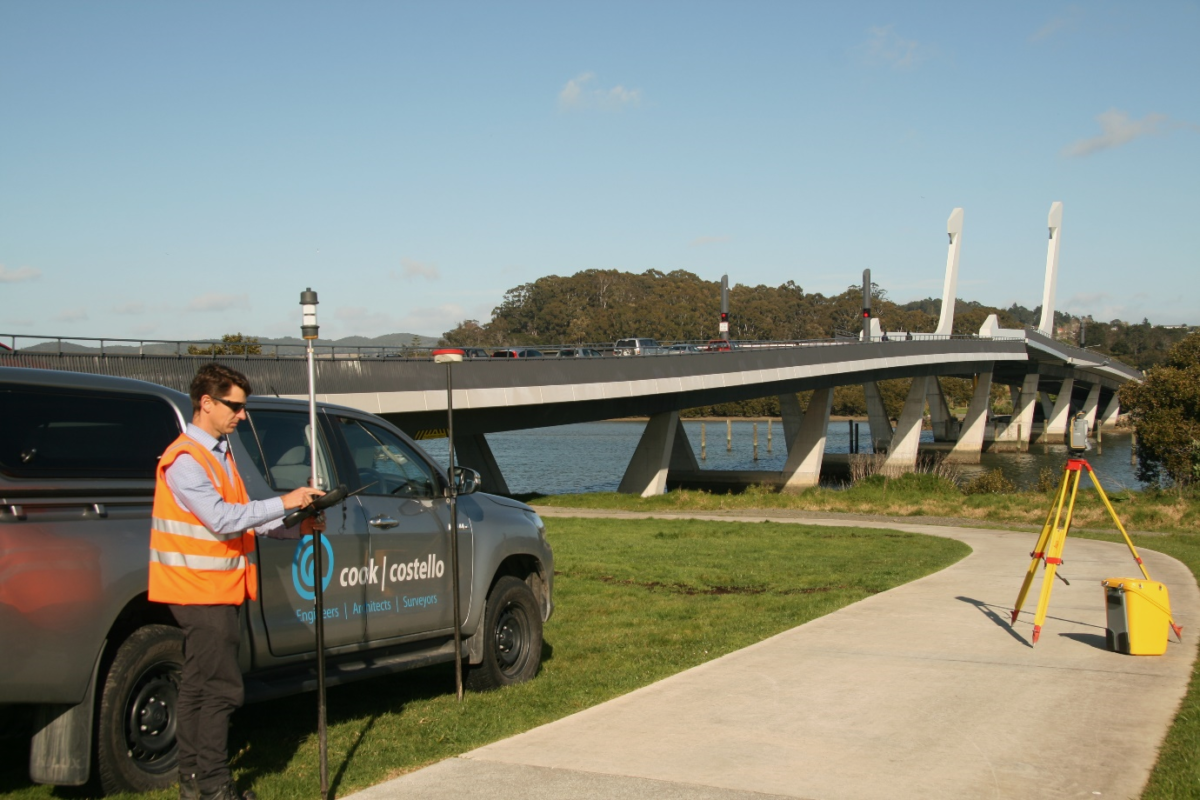Aim
When you have a medium-to-large size development in the feasibility or consenting stage, a site-wide understanding of the subsurface, geology and groundwater level is needed to price a project correctly. This will help to plan for unsuitable or problematic ground conditions and to avoid over or under-designing the planned structures. In this project, there was specific interest in the groundwater depth and the depth to bedrock (basalt) across the 60-hectare site.
Approach
We worked closely with our geotechnical and civil engineers, as well as our IANZ-accredited sister company GeoCivil to deliver an all-encompassing solution to the client. We used a gridded approach for the geophysical testing to connect the invasive geotechnical tests and more accurately investigate how the geological layers change horizontally and vertically across the site.
During an on-site investigation, the geophysical team collected more than 10 km of resistivity data, just over 1.5 km of seismic P-wave data and 32 shear wave velocity profiles.
Results
The geophysical data was then collated into models of underground resistivity distribution and seismic velocity changes as shown below.

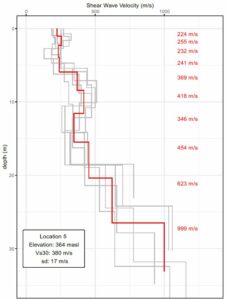
From there, the information was compared to the invasive boreholes and Cone Penetration Test (CPT) data we also collected across the site. With all this information we then interpreted the geophysical models in terms of geological material.
Outputs & Value
The dense grid of geophysical information we acquired allowed us to more confidently interpolate the interpreted depth to groundwater and depth to basalt (see below) across the site. This is a huge advantage of using geophysical techniques instead of point-specific geotechnical testing.
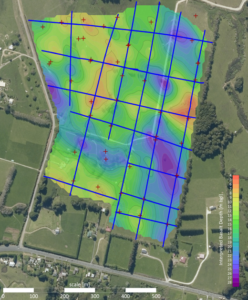
We also turned the interpreted geophysical profiles into geological cross-sections (see below) so the engineers were able to quickly identify what they needed to know.
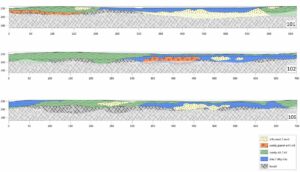
With the combined geophysical and geotechnical testing approach, the client had more information about the condition of their site with less intrusive testing required. This further reduced the client’s risk of unknown ground conditions during the project pricing phase as the geophysical investigations provided more detailed information about the site-wide horizontal and vertical variations of geological layers, for example, the depth to bedrock for excavation.
Contact our Geophysics Team
geophysics@coco.co.nz
Wellington (+64) 04 472 7282
Christchurch (+64) 03 365 5960

